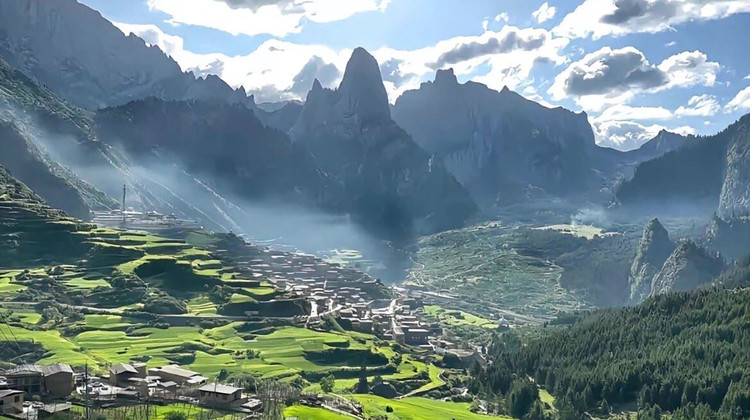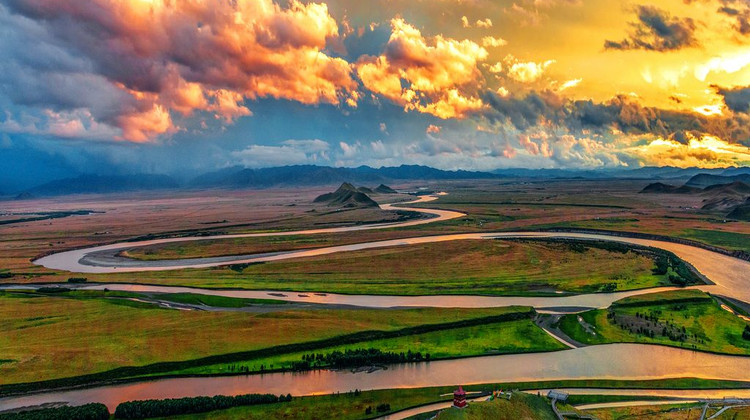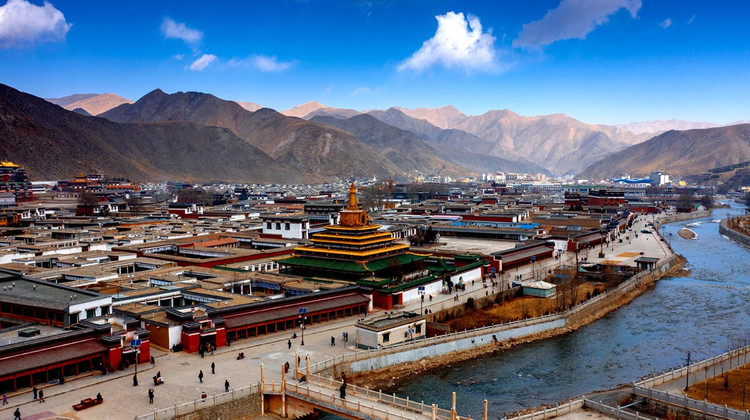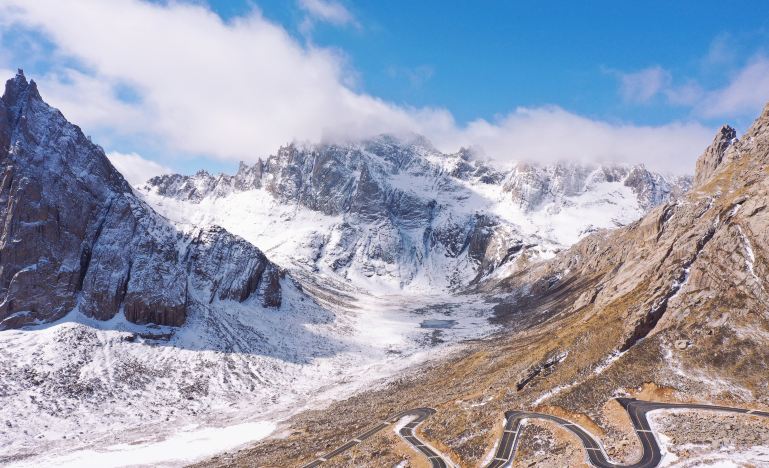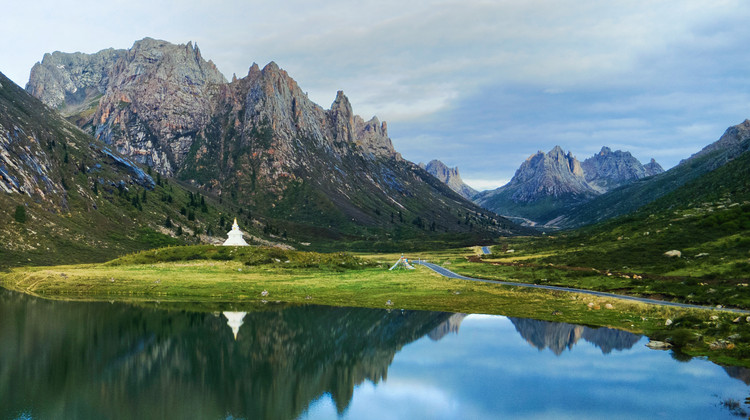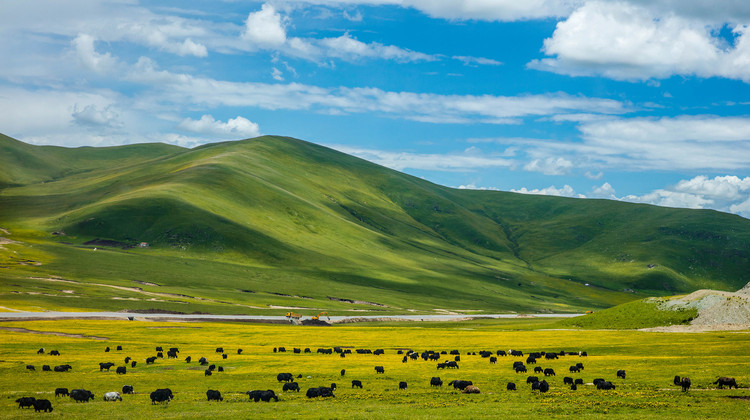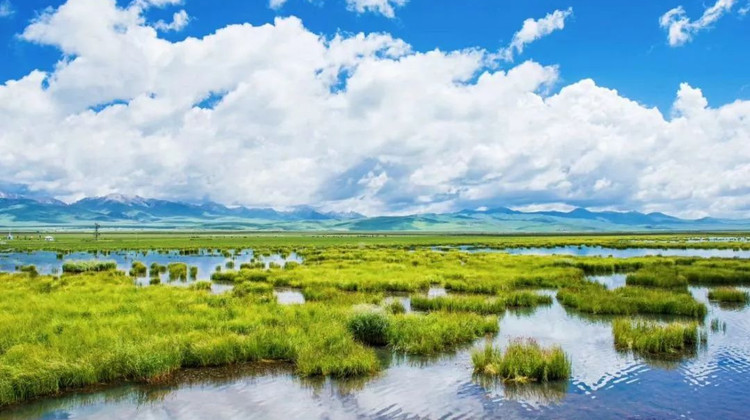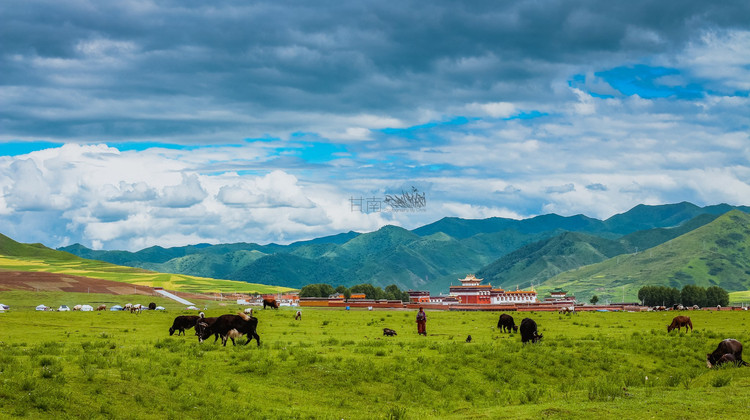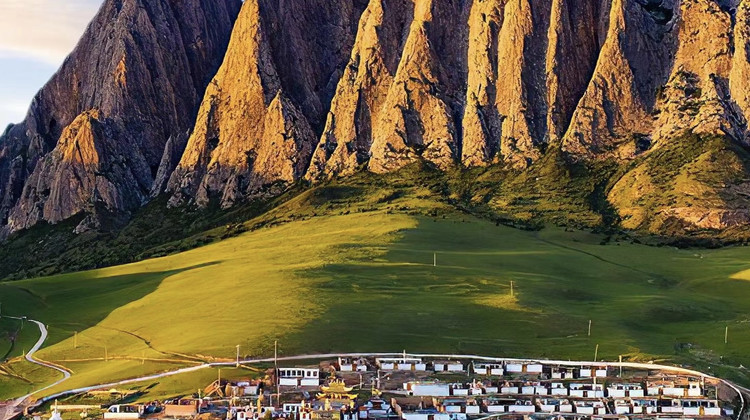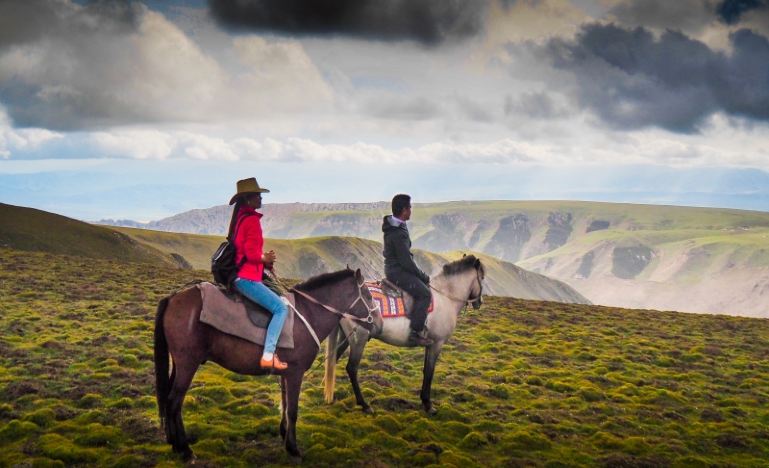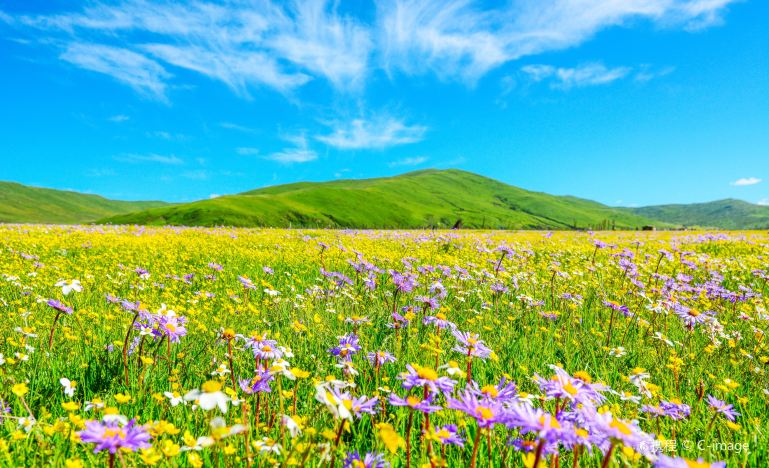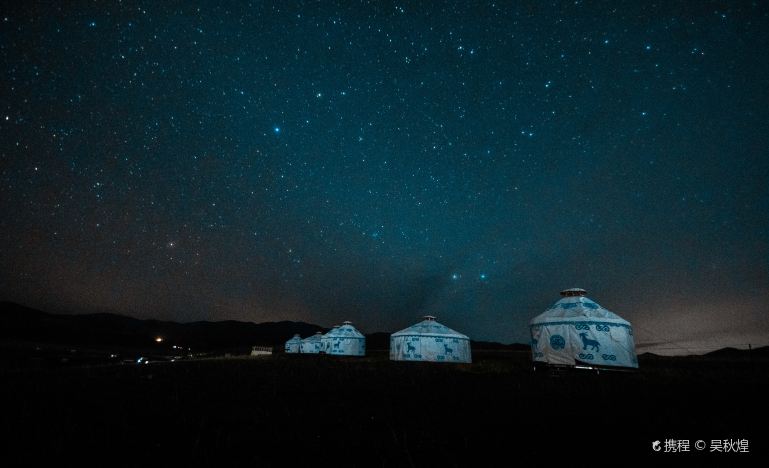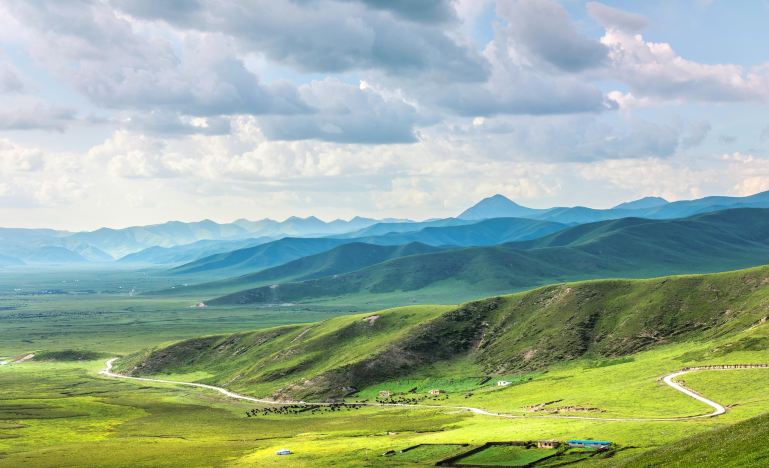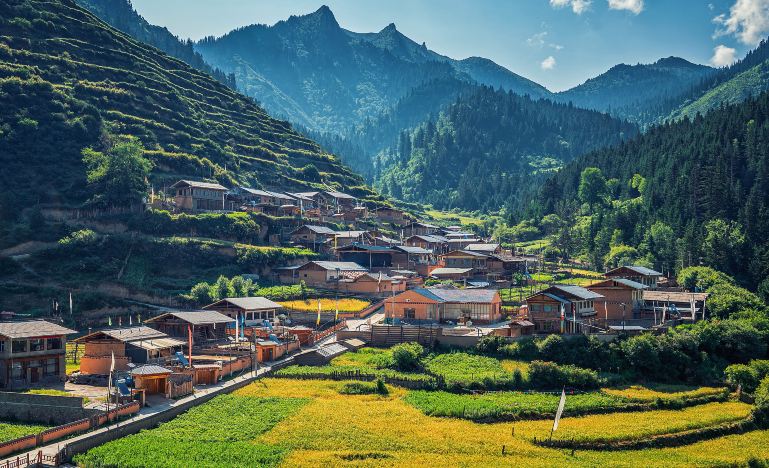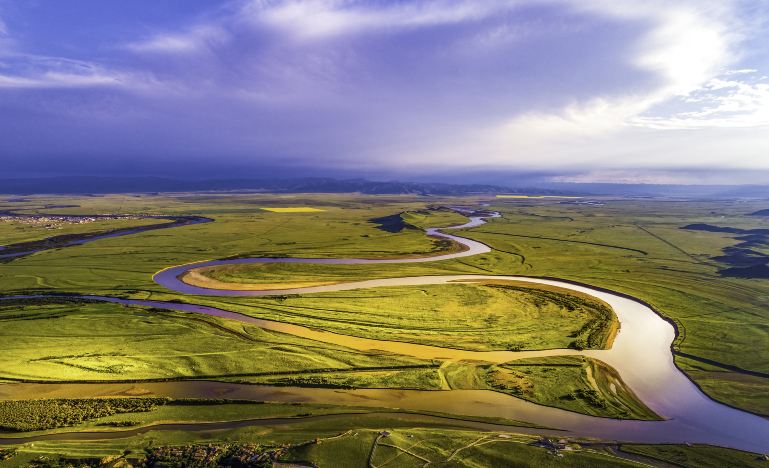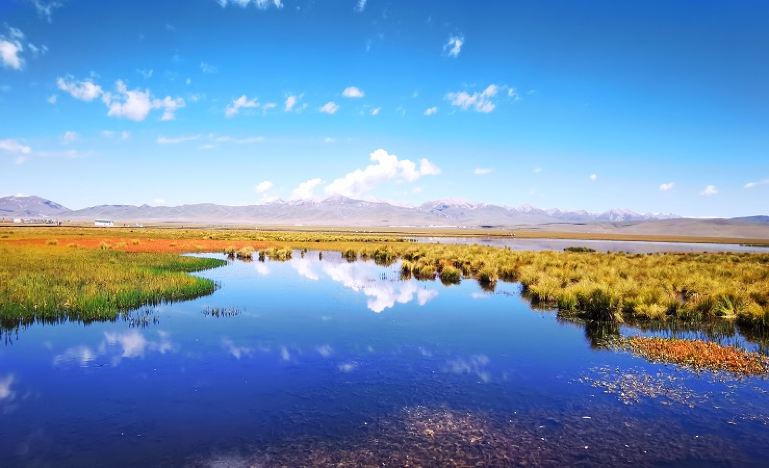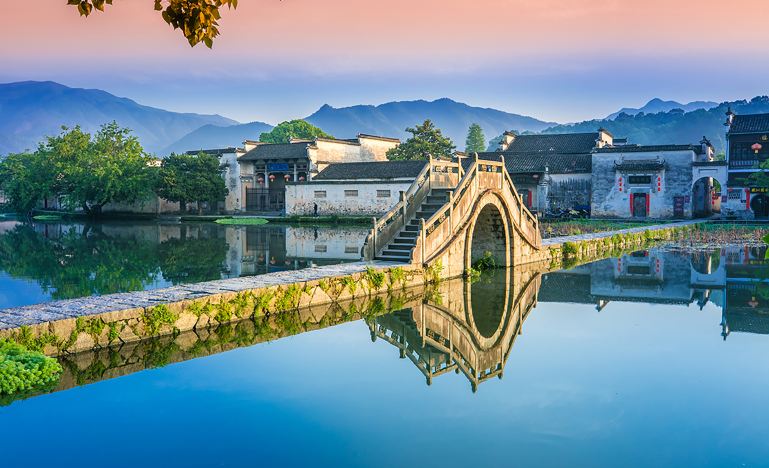Lanzhou + Gannan + Zaga Na + Ruo'ergai + Lianbao Yezhi Scenic Area + A'wan Cang Wetland 7-Day 6-Night Small Group Trip
Gannan – Known as “China’s Little Tibet,” let your eyes be half for the scenery and half for the faith.
Note:
- High-altitude areas, users with weak cardiopulmonary function should proceed with caution.
- Please keep warm due to the perennial icy and snowy weather.
Itinerary
City Attractions:
– **Zhongshan Iron Bridge** Built in the 33rd year of the Guangxu period (1907), it is one of the oldest bridges in Lanzhou and is known as “The First Bridge over the Yellow River in the World.”
– **Sculpture of the Mother of the Yellow River** One of the many sculptures across the country that represent the Yellow River, the mother river of the Chinese nation, it has won the Excellence Award in the first national urban sculpture plan evaluation.
– **Yellow River Scenic Belt** An urban riverside green corridor that integrates mountains, waters, and cultural heritage.
– **Gansu Provincial Museum** It collects precious cultural relics from ancient times to modern in Gansu, with a collection of more than 80,000 pieces (sets) of precious historical cultural relics and natural specimens, especially characterized by Gansu painted pottery from the Neolithic Age, Han Dynasty bamboo slips, Han and Tang Dynasty Silk Road treasures, Buddhist art treasures, and ancient biological fossils. (Advance reservation required one day in advance, normally closed on Mondays)
Specialty Dining:
– Lanzhou Beef Noodle Soup: Mogan Beef Noodle Soup, Bai Jianqiang Beef Noodle Soup, Jin Qiang Beef Noodle Soup, etc.
– Specialty Snacks: Grey Bean, Milk and Egg Fermented Rice, Sweet Fermented Dough, Stuffed Skin, Crystal Cake, Mutton Skewers, etc.
– Specialty Cuisine: Fat Mom’s Hand-Grabbed Meat, Ma Zhonghua Hand-Grabbed Meat, Zhengning Road Night Market, etc.
Zaga Na, located in Diebu County, Gannan Tibetan Autonomous Prefecture, Gansu Province, China, is a village known for its beautiful scenery.
In the summer of 1925, the great explorer Joseph Rock, who provided rare materials for Hilton’s creation of the Shangri-La landscape in “Lost Horizon” with his photos and articles published in the American “National Geographic” magazine, collected plants in Diebu. He wrote: “A temple called La Sang Temple is nestled against the mountain, beneath which lies the village of Diebu people, with houses adjacent to each other, and terraced fields of wheat and barley. Behind all these are the huge limestone mountains, with lush spruce and fir covering the canyons and slopes.”
As the first Westerner to explore the Gannan region and the first to collect plant and animal specimens and draw maps in Diebu, Zaga Na undoubtedly left a deep impression on him. He recorded his paradise in his diary: “I have never seen such a magnificent scenery in my life. If the author of ‘Genesis’ had seen the beautiful scenery of Diebu, he would place the birthplace of Adam and Eve here. The place of Diebu shocked me, the vast forest is a botanical museum, it is absolutely a virgin land. It will become a paradise for people who love nature and all tourists.”
The Yellow River meets the Baihe River in Tangke Township, Ruo’ergai County, Sichuan, forming the magnificent first bay of the Nine-Turns of the Yellow River. This place offers a view of a unique and magnificent natural landscape and is also a favorite spot for photographers. To enjoy the view of the first bay of the Nine-Turns of the Yellow River, you can climb the stairs or take an elevator to reach the viewing platform. The scenery from the viewing platform will make you forget all your worries, and it is also an excellent place to watch the sunset. The meandering Yellow River is particularly enchanting in the glow of the setting sun, as if “the rosy clouds and the wild ducks fly together, and the autumn water shares the same color with the sky.”
Lianbao Yeze (Lianbao Yezhi), also known as Stone Mountain (Tibetan name: Ye’er Jing Zhala) , is located in the southeastern part of the Qinghai-Tibet Plateau , between Aba County in the Aba Tibetan and Qiang Autonomous Prefecture of Sichuan Province and Jiuzhi County and Banma County in Qinghai Province, covering an area of about more than 800 square kilometers, with an area of more than 500 square kilometers within the territory of Aba, Sichuan[6], and is called Nianbao Yuze in Qinghai, also known as Golog Mountain.
Lianbao Yezhi Mountain is a majestic branch of the Golog Mountain range of the Bayan Har Mountains on the Qinghai-Tibet Plateau, with an altitude ranging from 3500 meters to 5369 meters, and the highest peak at 5369 meters, which is snow-capped all year round. It is a famous sacred mountain in the Tibetan area, ranking eighth among the top ten sacred mountains in the Tibetan region and is the foremost among the sacred mountains of the Amdo region. [10] It is also called Ye’er Jing Zhala, and its Tibetan meaning is the dignified jade peak, which is a sacred mountain sacred to the local Tibetan people.
The remote Awancang grassland is located in the southern part of Maqu County, Gansu Province, in the crook of the Yellow River. The grassland is 50 kilometers away from the county town of Maqu. The Yellow River flows from west to east from Jiuzhi, Qinghai, into theMUXI of Maqu. Due to poor water discharge, many tributaries and marshes are formed, making this vast grassland lush with water and grass, and the cattle and sheep are plump and strong. This is a beautiful grassland that is closed off from the outside world due to its remoteness.
The Awancang Scenic Area to be visited includes the Awancang grassland, Gongsaer Kamado, and Awancang Monastery. Under the azure sky, the boundless green grassland stretches as far as the eye can see, with white flocks of sheep and black herds of yaks, dotted and leisurely; the streams on the grassland meander and crisscross, and the marshes are scattered like stars, shimmering in the sunlight, a feast for the eyes; from time to time, there are heavenly pastoral songs drifting from afar, in authentic Tibetan, primitive and simple; everything is so quiet and harmonious, with continuous paintings everywhere, here is nothing but nature, it has always been like this for thousands of years, through the rise and fall of history, the Awancang grassland remains, far away from the hustle and bustle of the city, without the pollution of modern civilization.
Labrang Monastery (Tibetan: བླ་བྲང་བཀྲ་ཤིས་འཁྱིལ་, Wylie: bla-brang bkra-shis-‘khyil; Chinese: Lābǔléng Sì, 拉卜楞寺) is one of the six great monasteries of the Gelug school of Tibetan Buddhism. Its formal name is Genden Shédrup Dargyé Trashi Gyésu khyilwé Ling (Tibetan: དགེ་ལྡན་བཤད་སྒྲུབ་དར་རྒྱས་བཀྲ་ཤིས་གྱས་སུ་འཁྱིལ་བའི་གླིང༌།, Wylie: dge ldan bshad sgrub dar rgyas bkra shis gyas su ‘khyil ba’i gling).
Labrang is located in Xiahe County, Gannan Tibetan Autonomous Prefecture, Gansu, in the traditional Tibetan area of Amdo. Labrang Monastery is home to the largest number of monks outside the Tibet Autonomous Region. Xiahe is about four hours by car from the provincial capital Lanzhou.
In the early part of the 20th century, Labrang was by far the largest and most influential monastery in Amdo. It is located on the Daxia River, a tributary of the Yellow River.
Lanzhou essentially has no international flights; you will need to transit through other locations.
FAQs
A: Built in 1907, Zhongshan Iron Bridge is one of the oldest bridges in Lanzhou and is known as “The First Bridge over the Yellow River in the World.”
A: You can climb the stairs or take an elevator to reach the viewing platform for a panoramic view. It’s also a great place to watch the sunset.
A: At Awancang grassland, you can see vast green grassland, white flocks of sheep and black herds of yaks, meandering streams, marshes, and enjoy heavenly pastoral songs. It is a beautiful grassland far away from the hustle and bustle of the city.
A:For 144hour-free-visa, you can refer this post 144-hour-Visa-Free Transit policies for Foreign Nationals – A Complete Guide in 2024 – ChinaTravelTips (china-travel-tips.com)

